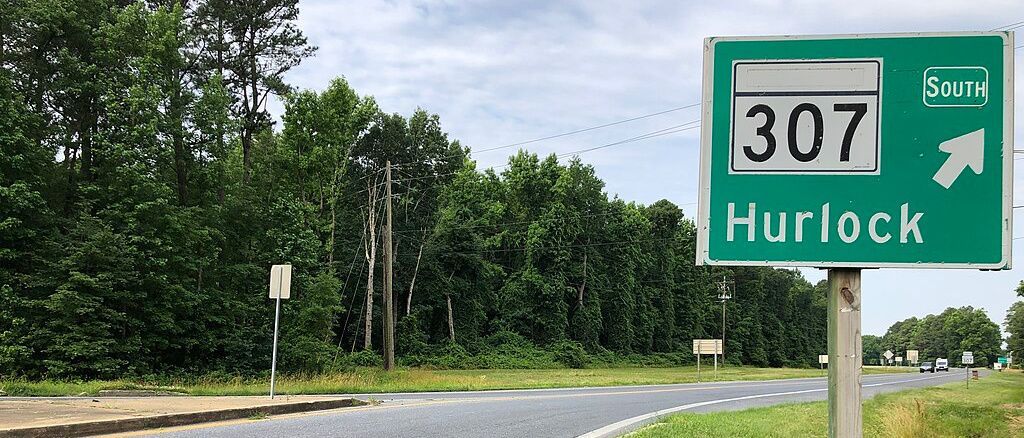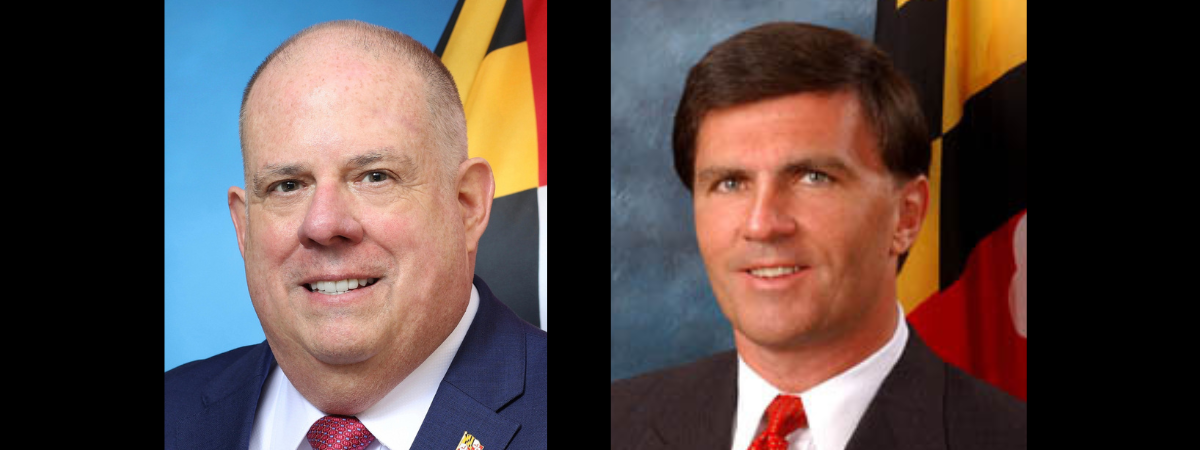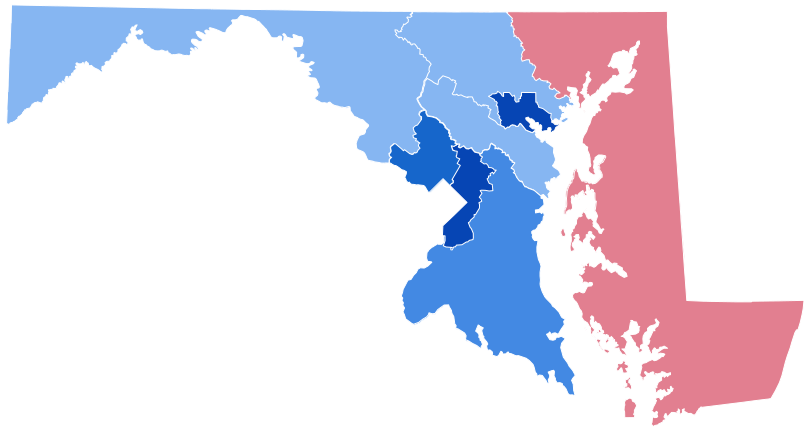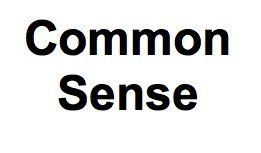Eastern Shore School Board Elections — Primary

School board elections are getting more attention than ever.
Although voters may be aware of each candidate’s party affiliation, elections for boards of education in Maryland are officially non-partisan. The number of members on a county board varies from county to county, but if the number of candidates is more than two times the number of vacancies on the board, the candidates appear on the primary ballot. In some counties — Dorchester and Talbot, for example — school board members are elected from districts. In others — for example, Kent — they run at-large.
A county school board’s responsibilities include hiring and evaluating the school system’s superintendent, developing the system’s annual budget, and approving school policies. School boards also consider citizens’ concerns. Boards are not, however, responsible for day-to-day operations of the system. Those are the superintendent’s, who hires staff, measures student performance, and responds to problems such as the covid pandemic.
Dorchester and Talbot are the only Eastern Shore counties with school board candidates on their ballots in this year’s primary.
Voters in District 1 of Dorchester will vote for one of the following:
- Brandy Dawson Cumberland
- Michael D. Diaz, Sr.
- Lucas A. Thorpe
Information about the candidates, including contact information, can be found at the League of Women Voters’ VOTE411 website. The League posed questions to the candidates. One of the questions was: What strategies would you support to attract and retain effective teachers and administrators?
Thorpe responded, “To enhance teacher diversity, I advocate for diverse recruiting initiatives and scholarships for aspiring educators from our school system. Revamping the Teacher Academy Program at DCTC will provide hands-on experience. By investing in these strategies, we ensure a rich and inclusive pool of educators, fostering a dynamic learning environment.”
Cumberland responded: “Aside from a competitive benefit package, we need safe schools for our teachers. This is a tremendous concern presently in our schools. Additionally, teachers and administrators must be supported by their superiors and board.”
Diaz did not respond.
Voters in District 5 of Dorchester will vote for one of the following:
- Jerome J. Harris
- Michael Hartford
- Christopher M. Wheedleton, incumbent
Information about the candidates, including contact information, can be found at the League of Women Voters’ VOTE411 website.
To the question of what strategies he would support to attract and retain effective teachers and administrators, Wheedleton responded, “I have been working to support competitive compensation packages, professional development opportunities, and mentorship programs to attract and retain effective teachers and administrators. A positive work environment with opportunities for career advancement and leadership roles further enhances retention. Prioritizing work-life balance and listening to needs and challenges are integral strategies to ensure long-term commitment and satisfaction among educators and administrators.”
To the same question Hartford replied, “I encourage broadening our teachers’ trainings and listening to their concerns firsthand. The more they learn, the better off our children will be.”
Harris did not respond to the League’s questions.
Voters in District 2 in Talbot County are asked to choose one of the following:
- Candace N. Henry, incumbent
- Connie Loveland
- Ann C. O’Connor
Detailed information on the candidates can be found at the
VOTE411 website. The same question concerning teacher retention was posed to these candidates by the League of Women Voters.
Henry responded: “To attract and retain effective teachers and administrators, a multifaceted approach is necessary. We must incorporate strategies aimed at creating an appealing/supportive work environment, competitive compensation, professional development opportunities, ongoing support for new teachers and administrators, advancement and leadership opportunities, prioritizing work-life balance, and recognizing/appreciating the value of educators and leaders.”
Loveland’s response: “I feel this is a subject that will require quite a bit of research. We need to make sure our teachers feel supported and appreciated. Talbot County needs to regain the reputation of the County where everyone wants to work. The County where long-time teachers want to stay. Effective recruitment and high retention rates are key. Happy teachers are the best tool to recruit new teachers.”
O’Connor said: “Ask the teachers! The teachers are in the classroom and know firsthand what is needed to succeed. They know what is working and what isn’t as far as subject matter and discipline, Utilizing the talents of our teachers in placing them in certain positions/grades would have to be researched and developed. Offering support in the classroom with aides, ample planning time, reduced class sizes, and of course, compensation are all things that would be on the top of my list.”
I encourage readers to seek information about all school board candidates. The current atmosphere in the nation of book banning and attempts by a minority of citizens to gain control over curriculum and educational policy makes it imperative for us as citizens to pay attention to school board races.
A native of Wicomico County, George Shivers holds a doctorate from the University of Maryland and taught in the Foreign Language Dept. of Washington College for 38 years before retiring in 2007. He is also very interested in the history and culture of the Eastern Shore, African American history in particular.
Common Sense for the Eastern Shore







